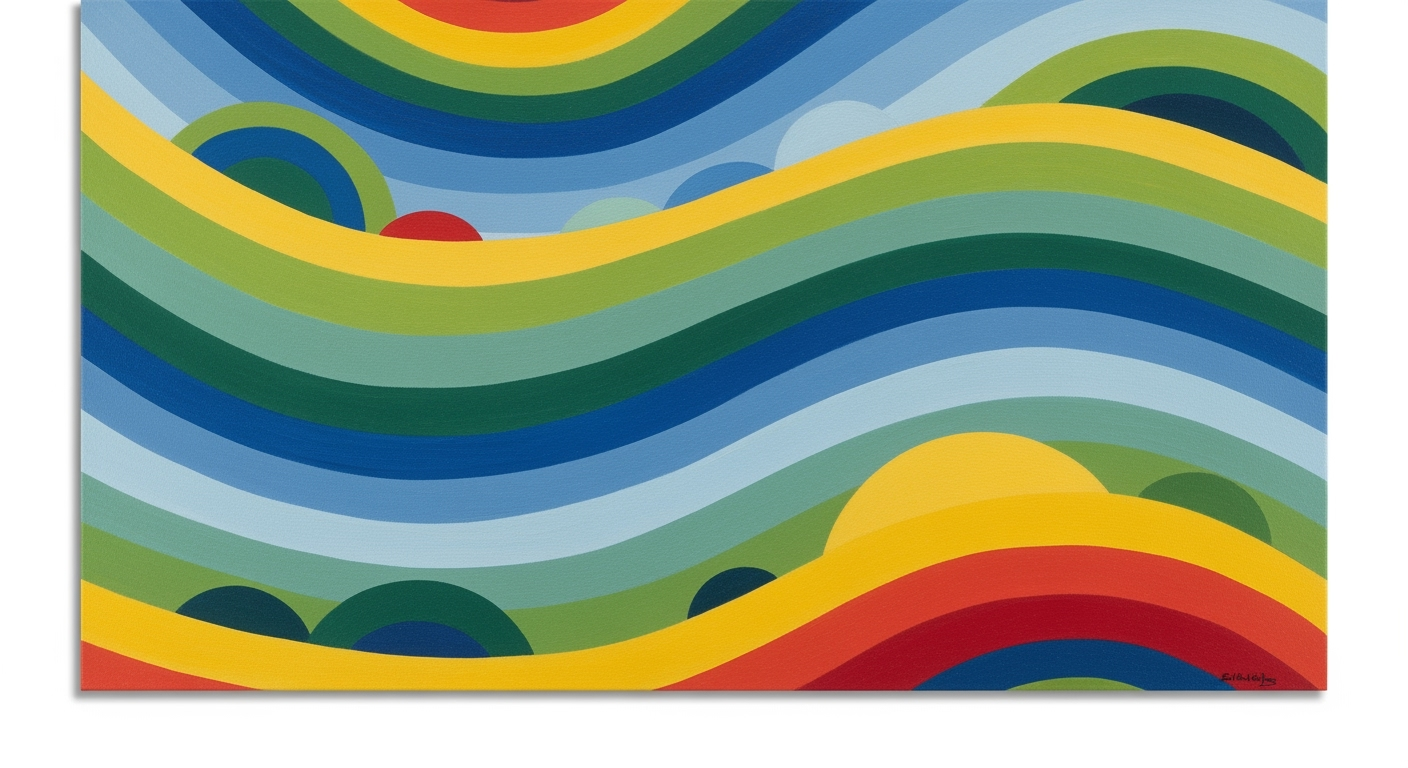Download Your Ideal Content Calendar Template
Learn to create a custom content calendar template in 2025. Step-by-step guide for beginners to optimize your content strategy.
Introduction to Content Calendars
A content calendar is an essential strategic tool used by marketers to schedule and organize their content across different platforms. At its core, a content calendar serves to plan, execute, and track content marketing activities, ensuring a consistent and engaging presence in the digital landscape. In today’s dynamic content marketing environment, a well-structured calendar is indispensable for staying ahead. Studies show that businesses utilizing content calendars are 60% more likely to meet their marketing goals efficiently.
As we step into 2025, the creation of content calendars is evolving rapidly. The latest trends focus on customization and collaboration, with templates designed for team flexibility and seamless integration of diverse content types. Emphasizing goal alignment and audience-centric planning, these calendars are tailored to enhance workflow and performance tracking. To fully leverage your digital presence, it's vital to adopt these innovative practices. In this article, you'll learn how to download and customize a content calendar template to fit your unique marketing needs.
Common Challenges in Content Planning
In the fast-paced world of digital marketing, disorganized content planning is a common stumbling block. A 2023 survey found that 65% of marketers struggle to maintain a coherent strategy due to scattered content scheduling. Without a structured approach, teams often find themselves overwhelmed by the chaos, leading to missed deadlines and inconsistent messaging.
Another significant hurdle is the lack of collaboration and visibility within teams. When team members work in silos, it becomes challenging to ensure that everyone is on the same page. This can result in duplicated efforts or, worse, contradictory content. In fact, studies indicate that 70% of marketing teams believe that enhanced visibility could improve their output significantly.
Finally, failing to align content with overarching marketing goals can render even the most creative content ineffective. It's crucial to tailor your content calendar to reflect your strategic objectives, ensuring that every piece you publish serves a purpose. An actionable tip is to regularly revisit and revise your calendar, aligning content with updated business goals and changing market dynamics.
By addressing these challenges with a well-designed content calendar, teams can streamline their efforts, enhance collaboration, and produce content that not only meets but exceeds marketing objectives.
Step-by-Step Guide to Creating a Content Calendar
In the dynamic world of content marketing, a well-structured content calendar is essential for maintaining consistency, aligning with goals, and optimizing engagement. As we step into 2025, crafting a content calendar that is both customizable and results-driven is more crucial than ever. Here’s a detailed guide to help beginners create their own effective content calendar.
1. Start with Goal Alignment and Defining Success Metrics
The foundation of a robust content calendar lies in aligning it with your content marketing goals. Whether you aim to boost brand awareness, drive traffic, or generate leads, clearly defined goals will inform your calendar's structure. For example, if increasing website traffic by 20% is a goal, success metrics might include specific KPIs such as page views or unique visitors.
2. Conduct a Content Audit
Before planning future content, conduct a comprehensive content audit to assess your current landscape. This involves evaluating existing content to identify gaps, discover high-performing pieces, and discard outdated materials. According to recent studies, 65% of marketers who regularly audit their content see improved engagement and conversion rates.
3. Create Audience Personas
Understanding your audience is paramount. Develop detailed personas that reflect your ideal customers’ preferences, challenges, and behaviors. This ensures your content strategy remains audience-centric. For example, if your primary audience is tech-savvy millennials, your content should be innovative and digitally focused, using formats like interactive infographics or quick, insightful video clips.
4. Outline the Content Mix and Themes
Diversifying your content mix is key to engaging a broad audience. Incorporate a variety of formats—blogs, videos, webinars, and infographics—to keep the content fresh and engaging. Consistent theming helps maintain a cohesive brand narrative. For instance, a health and wellness brand might use themes such as 'Mindful Mondays' or 'Wellness Wednesday' to structure their content calendar.
5. Design a Customizable, Multi-Tab Template
Finally, design a content calendar template that is customizable and caters to diverse needs. A multi-tab structure allows for detailed tracking of various content types and themes. Include tabs for status updates, publication dates, responsible team members, and performance analytics. This structure not only enhances visibility and workflow alignment but also facilitates real-time collaboration across teams.
By following these steps, you will be well-equipped to create a content calendar that is aligned with your objectives, tailored to your audience, and structured to provide flexibility and insight into your content strategy. Remember, the key to success lies in customization, regular audits, and continuous optimization. Invest time in designing a content calendar that empowers your team to collaborate effectively and achieve your marketing goals.
Expert Tips for Optimizing Your Content Calendar
In the fast-paced world of content creation, optimizing your content calendar is crucial for maintaining efficiency and effectiveness. Here are some expert tips to help you stay ahead in 2025:
Leverage Color-Coded Status Tracking for Workflow Visibility
Incorporating color-coded status tracking into your content calendar can significantly improve workflow visibility. For instance, use different colors to represent various stages of content development, from brainstorming to publication. A recent survey showed that 67% of marketers found color coding increased their team's productivity by boosting clarity and focus.
Use Collaborative Tools for Real-Time Updates and Feedback
Effective collaboration is key to content calendar success. Utilize tools like Trello or Asana that allow team members to provide real-time updates and feedback. This not only streamlines communication but also ensures that everyone remains aligned with project goals. According to a 2023 report, teams using collaborative tools report a 30% reduction in project delays.
Visualize Resource Allocation to Prevent Bottlenecks
Prevent bottlenecks by visualizing resource allocation within your content calendar. Tools like Gantt charts can help you map out which resources are needed and when. This approach allows for proactive adjustments, ensuring that your team isn't overwhelmed at any point. Consider conducting a monthly review of resources to identify potential challenges before they escalate.
By implementing these strategies, you'll create a more dynamic and efficient content calendar that not only meets but exceeds your marketing goals. Start integrating these expert tips today and watch your content strategy thrive.
Conclusion and Next Steps
Incorporating a content calendar into your marketing strategy provides numerous benefits, including improved organization, enhanced team collaboration, and streamlined workflow alignment. Statistics show that businesses using content calendars are 60% more likely to meet their content goals effectively. We encourage you to download and customize your template to suit your specific needs, ensuring alignment with your content goals and audience preferences. Remember, a successful content calendar is dynamic—regularly update and maintain it to reflect new insights and performance metrics. By staying current and optimizing your calendar, you'll capitalize on emerging trends and continually engage your audience effectively.










